Stories > Culture Pioneers
Culture Pioneers
Singapore has attracted and nurtured many talented individuals who later chose to make this country their home, adding diversity and richness to its cultural landscape.
ILLUSTRATIONS KEN LEE
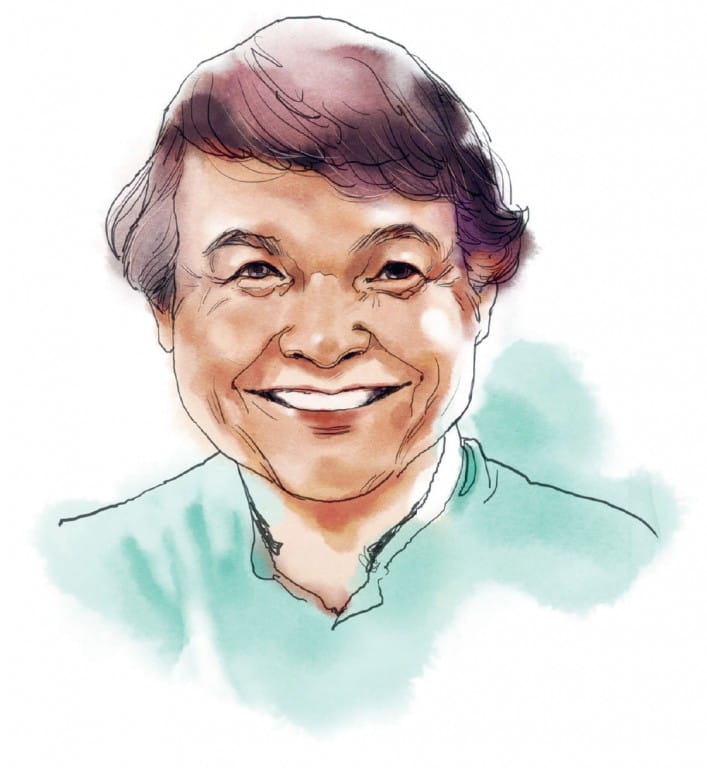
TAN SWIE HIAN
A multidisciplinary artist who is internationally recognised for his poetry, novels, paintings, calligraphy and sculptures, Tan Swie Hian, 72, is said to be the most expensive living artist in South-east Asia.
Born in Indonesia’s Riau Province in 1943, Tan was sent to Singapore to study at a young age. After graduating from Nanyang University in 1968, he worked as a press attache at the French Embassy in Singapore for 24 years until 1992, when he decided to focus on his art full-time. He has won multiple accolades worldwide, including the Cultural Medallion in 1987 and the prestigious World Economic Forum’s Crystal Award in 2003, for his role in using arts to foster global understanding.
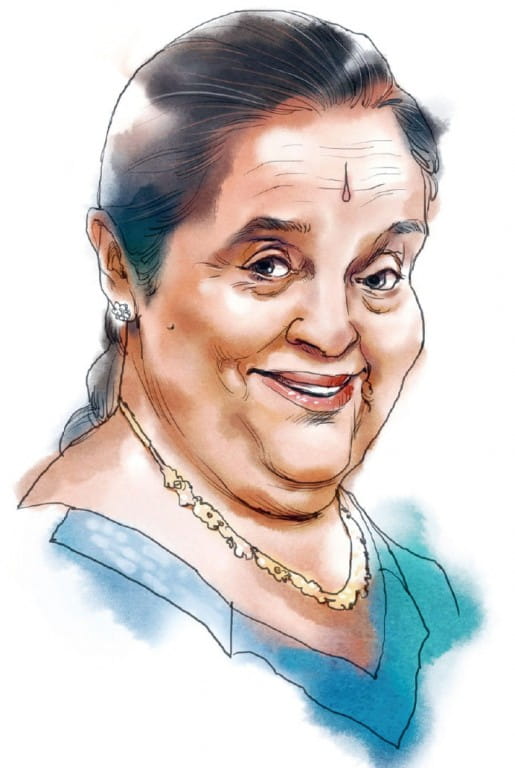
NEILA SATHYALINGAM
Born in Colombo, Sri Lanka, in 1938, Neila Sathyalingam began dancing at the age of five and trained in classical Indian dance. At 16, she enrolled at Kalakshetra, one of the most prestigious dance institutions in India.
In 1974, Neila moved to Singapore with her family. In 1977, she and her husband founded classical Indian dance company Apsaras Arts, which has performed extensively at dance and arts festivals worldwide.
At home, she has choreographed and presented dance segments for numerous Chingay and National Day parades, and collaborated with Malay and Chinese choreographers.
For her contribution, she was awarded the Cultural Medallion in 1989.
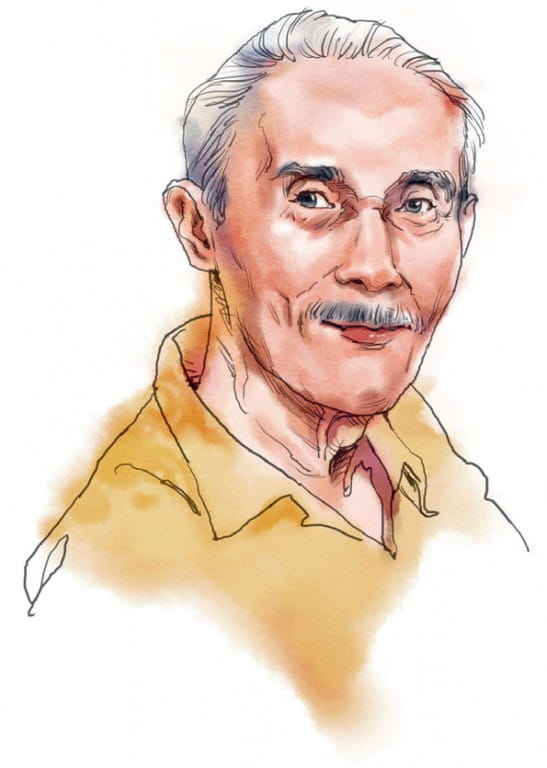
ZUBIR SAID
Best known as the composer of Singapore’s National Anthem, Majulah Singapura, Zubir Said was born in Minangkabau in Sumatra in 1907. The son of a village chieftain, Zubir ran away from home and travelled to Singapore in 1928 because his father opposed his musical aspirations.
Zubir was a prolific songwriter who penned at least 1,500 songs during his lifetime. His most famous work was Majulah Singapura, which he composed in 1958.
He refused to be paid for it as he felt that it was an honour to write it. The song was formally presented as the state national anthem on Dec 3, 1959. That same day, he reconciled with his 101-yearold father, who had travelled from Indonesia to attend the event. Zubir died in 1987.
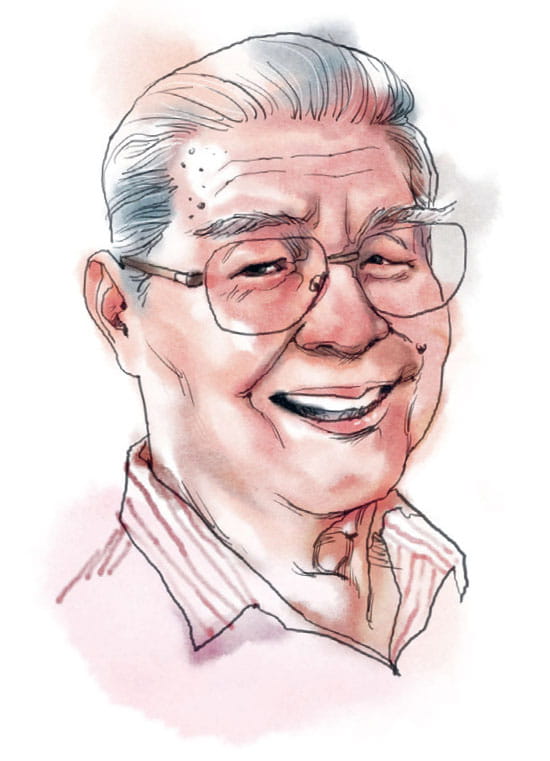
LIU KANG
One of Singapore’s most highly regarded artists, Liu Kang gave the country an artistic identity through his interpretations of life and social settings in Southeast Asia.
Liu was part of the pioneer group of local artists who developed the Nanyang Style of painting, which mixed styles and techniques from Western and Chinese visual art traditions. Born in Fujian province in 1911, Liu studied art in Shanghai and Paris, and later taught art in Shanghai and Malaysia before eventually settling in Singapore after World War II.
He dedicated much of his life to developing the local arts scene and nurturing young artists, through his various positions in art schools, until his death in 2004 at the age of 93.
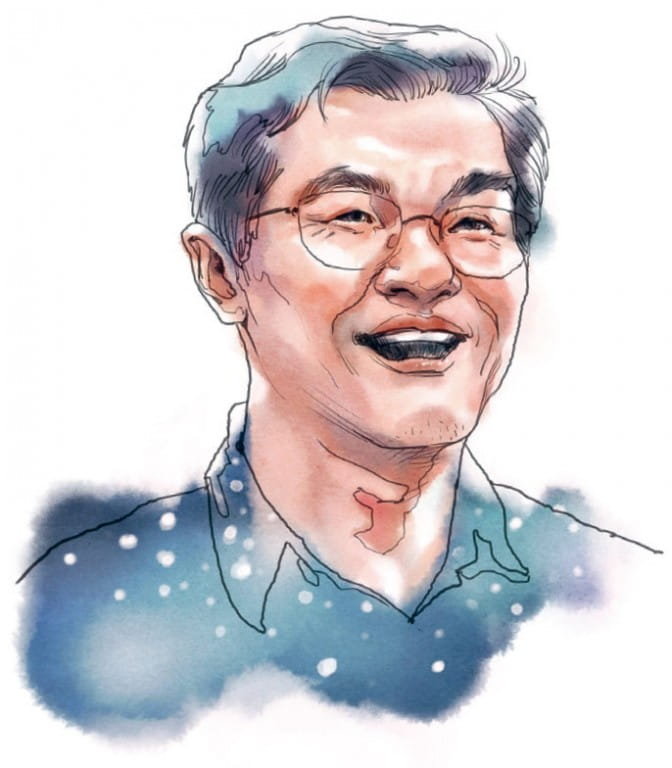
KUO PAO KUN
The grand doyen of Singapore theatre, Kuo Pao Kun was a playwright, theatre director, as well as a fierce proponent of the arts in Singapore. He was born in China’s rural Hebei province in 1939, and moved to Singapore when he was 10.
Despite his relatively early death at the age of 63 in 2002, Kuo’s contribution to the literature and theatre landscape in Singapore was monumental. Apart from writing iconic plays that have been performed worldwide, the three arts institutions that he founded were instrumental in the development of the arts in Singapore.
The 1989 Cultural Medallion recipient also inspired a generation of local performing arts practitioners, who have continued his work.
